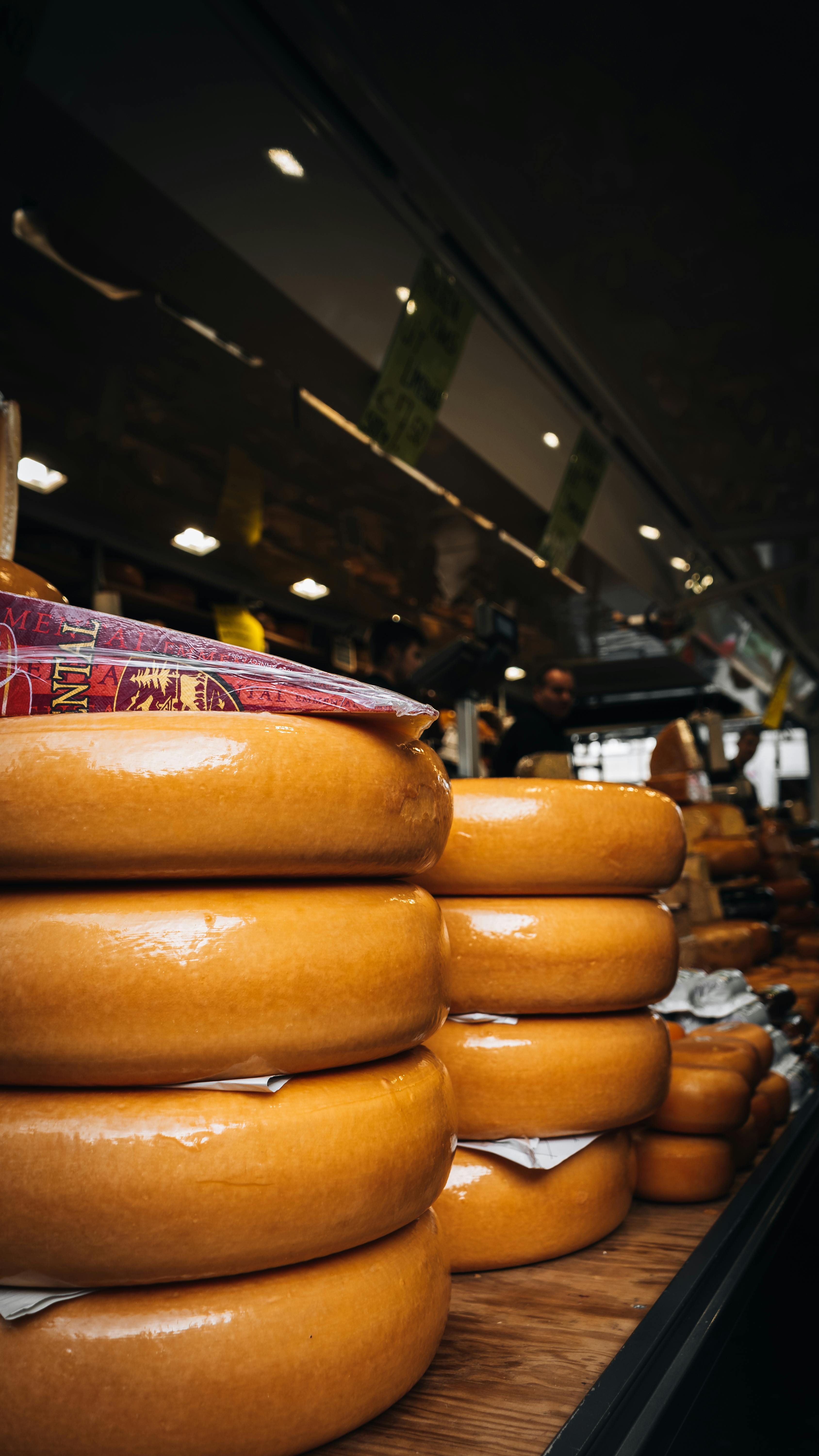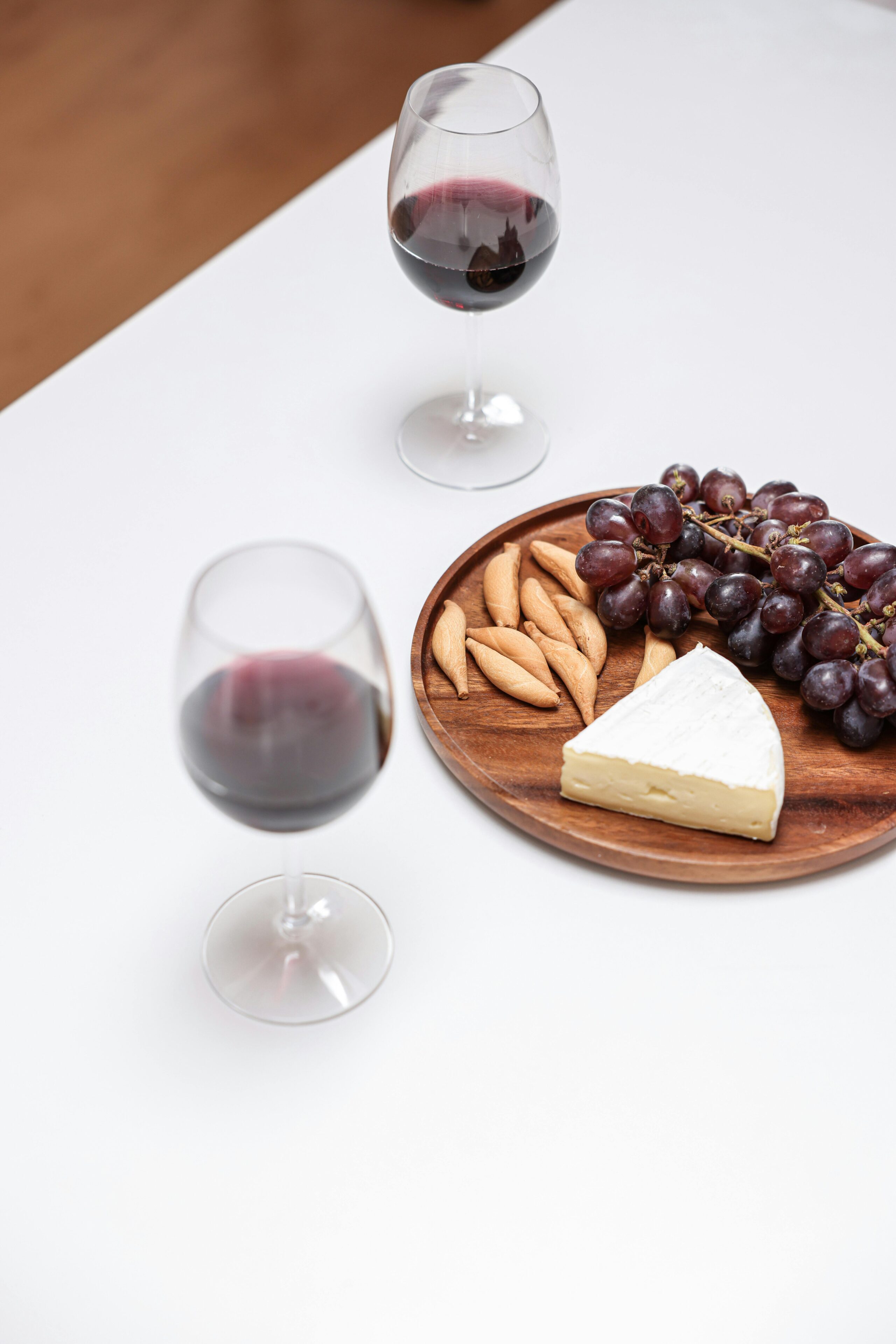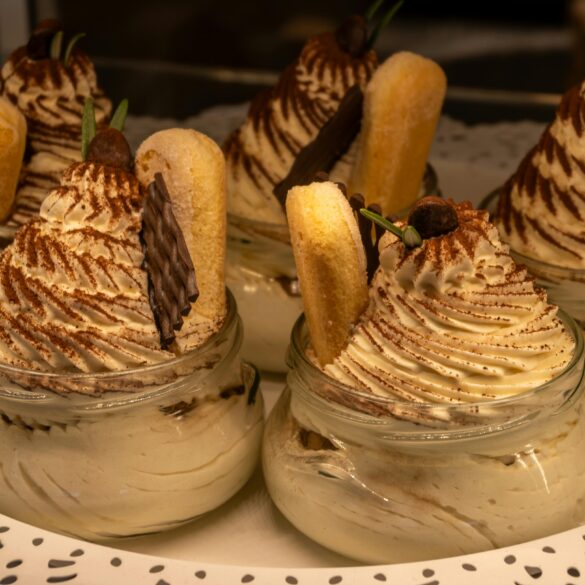Gourmet Dutch Cheese Pairing: Insider Tricks From Netherlands Pros
Ever wondered how Dutch professionals spin magic with cheese and pairings in their own kitchens? Honestly, I have—ever since that wild winter market in Gouda, where I watched locals treat cheese pairing as both art and everyday comfort. What strikes me most about Dutch cheese culture is how scientific and intuitive it is, all at once. It’s meticulous in details—like pairing aged Gouda with just-so slices of rye—and utterly welcoming to creativity. Last spring, during a professional tasting in Amsterdam, a cheesemonger told me, “Pairing is about sharing stories as much as flavors.” That stuck.
This is not your typical dry food guide. Netherlands professionals—cheese experts, sommeliers, and passionate home cooks—tackle pairing with genuine insight, real trial and error, and more than a few laughs at the learning curve. If you want the authentic secrets to mastering gourmet Dutch cheese pairing at home (the kind of guide I wish existed when I started), keep reading. We’ll break down failed pair attempts, local flavor hacks, and their best improvisations—so you can make something truly memorable without fear of getting it “wrong.”
Why Dutch Cheese Is Worth Pairing
While much of Europe has cheese traditions, the Dutch approach truly fascinates me. With over 700 million kilos produced annually—a bonkers number when you think about it—Netherlands cheese offers diversity few countries can match1. From triple-aged Gouda to the sharp tang of Leyden, there’s a flavor for every mood. But cheese here isn’t just about eating—it’s about experimenting. I’ve watched Dutch chefs pair raw-milk Boerenkaas with fresh apple slices, sometimes with mustard, sometimes with dark bread. What a difference those tiny choices make.
Historically, Dutch cheesemaking dates back to Roman times (seriously, that’s a long tradition), so the country’s pairings have evolved through centuries of trade and test kitchens2. The Dutch prefer balance—never masking flavors, but illuminating them. That’s why, in my experience, pairing in the Netherlands doesn’t feel intimidating; it feels playful. All you need is genuine curiosity and, maybe, a willingness to laugh off a few disasters.
Key Insight: Dutch Pairing Is About Discovery
Here’s the thing: The best Dutch pairings don’t stick to rules—they start with local cheeses, seasonal ingredients, and whatever’s fresh at hand. One Amsterdam taster summed it up: “You don’t master pairing overnight. You learn by tasting, failing, and sharing.”
Foundations of Dutch Cheese Pairing: Pro Secrets
Ever notice how Dutch professionals layer flavor instead of seeking contrast for contrast’s sake? I used to believe pairing was about dramatic opposition—sweet fruit vs. salty cheese, bitter vs. creamy. Turns out, what matters is texture, temperature, and flavor length3. According to Marieke—Friesland’s most candid cheese expert—”We taste first, then discuss what matches our mood. Sometimes it’s about the memory of a flavor, not the taste on your tongue.”
What makes Dutch cheese pairing approachable are principles like:
- Start with one cheese and two flavors—don’t overcomplicate.
- Pair textures before pairing flavors. A grainy rye and crumbly aged Gouda? Perfection.
- Consider temperature—room temp cheese shows aroma better than fridge-cold.
- When in doubt, taste Dutch cheese with local apples, pears, or robust mustard.
Back in 2019, my first attempt ended in chaos—three cheeses, five preserves, four breads. It was a mess. Honestly, simplicity is the pro trick you’ll hear everywhere in the Netherlands.
Classic vs. Creative Pairings: Real Examples
Let’s get specific. What do Dutch professionals actually pair in real life? I’ll be honest: I always expect fancy setups, but many Dutch cheese pros go classic at home, improvising based on what’s fresh—or, sometimes, just what’s left in the fridge after a market day. A top Amsterdam sommelier told me, “It’s authentic to pair Edam with a juicy pear and a lager; you don’t need rare ingredients.”
Here’s a simple overview of classic Dutch cheese pairings, plus a few creative combos that still make me rethink everything I learned:
Don’t Overthink—Start With These Dutch Mainstays
- Mature Gouda + Rye Bread + Apple Syrup: Classic, rarely fails, best at room temp.
- Edam + Pear Slices + Dutch Lager: Everyday comfort, the way locals often do it.
- Leidse Kaas (Leyden Cheese) + Mustard + Brown Bread: Spicy, nutty, and surprisingly elegant4.
- Boerenkaas + Fresh Apple + Raw Honey: A farmer’s treat, and my personal favorite for autumn.
Now, the creative side—where Dutch pros really shine:
- Goat Gouda + Pickled Beetroot + Dill Yogurt: For brunch, honestly, a revelation.
- Smoked cheese + Cucumber slices + Horseradish cream: Dutch family staple, underrated everywhere else.
- Triple-aged Gouda + Dried figs + Dark balsamic: I didn’t believe this could work until I tasted it in Rotterdam.
What really strikes me is how Dutch pros talk about pairing as a social thing—not just rules to memorize. Sessions frequently include crowd-inspired improvisation. One expert quote that captures this spirit is below:
“Dutch cheese isn’t just food—it’s a way to make new friends, share old stories, and argue about what tastes best. Pairing is personal.”
Seasonal Strategies & Local Ingredient Hacks
Funny thing is, I used to think any cheese could work, but Dutch professionals adjust according to the season—and local produce availability. Summer brings fresh cherries, young Gouda, and local honey. Autumn? Think aged cheese, pears, and apple syrup. The trick is not just knowing what to buy, but being open to what the market offers.
Three key seasonal pairing hacks I’ve learned from Dutch food pros:
- Spring: Pair young Gouda (light flavor) with early strawberries and crusty white bread.
- Summer: Mature Edam with cherries and crisp lettuce—refreshing, light.
- Autumn/Winter: Triple-aged Boerenkaas with pears, walnuts, and dark beer. Complex, warming.
Back in the day, when I first tried these combos, I was pretty skeptical about fruit with cheese—until I saw locals casually layering cherry preserves with old cheese at a picnic. Turns out, Dutch people know their market cycles cold—and aren’t afraid of going unconventional.
The Netherlands is home to over 12 regional cheese varieties, and Gouda cheese accounts for more than 50% of Dutch cheese production. Cheese markets—like Alkmaar’s centuries-old cheese weighing tradition—remain a major tourist attraction and local gathering point, blending commerce with festive community celebration5.
Pairing Mistakes: Lessons From Dutch Pros
I’ll be completely honest: My first pairing experiment went wildly wrong. Why? I tried too much at once—layering strong blue cheese with spicy jam, raw onion, and garlic rye. Mistake #1: Not tasting ingredients together before serving. Dutch professionals make a point of tasting everything in small combinations. The more I consider it, the more I realise the importance of simplicity and personal preference over following recipes.
According to Dutch culinary researchers, the most common pitfalls in cheese pairing are:
- Overcomplicating the pairing with too many additions.
- Serving cheese too cold (dulls flavor and aroma).
- Ignoring bread type—a crusty, hearty bread elevates aged cheese far better than soft rolls.
- Missing the social aspect: Pairings should be shared, discussed, and adjusted according to guest feedback6.
One more thing: Dutch cheese pairing isn’t a competition. It’s a way to connect. Let that sink in, and your pairings become infinitely more enjoyable.

Quick Reference Pairing Table
Okay, let’s make it practical. Here’s a table Dutch professionals helped me build—real combos, local favorites, and foolproof pairings that work at home whatever your skill level. Honestly, this is what I consult most often when I’ve got guests coming over and want the Dutch experience without the stress.
| Dutch Cheese | Best Pairings | Season | Pro Tips |
|---|---|---|---|
| Aged Gouda | Rye bread, apple syrup, hazelnuts | Autumn | Room temp; slice thickly for texture contrast |
| Young Edam | Pear slices, lager, raw honey | Spring/Summer | Light, delicate fruit is perfect |
| Leyden | Brown bread, spicy mustard, radishes | All | Salted butter helps balance spice |
| Boerenkaas | Fresh apples, walnuts, local beer | Autumn/Winter | Best with rough country loaf |
| Goat Gouda | Pickled beetroot, dill yogurt, cracked pepper | Summer | Try with salad greens for a brunch |
If you’re staring at your fridge, unsure what pairs with Gouda, remember: Dutch cheese is forgiving. Most mistakes aren’t fatal—they’re just part of your personal cheese journey.
Personal Pro Tip: Taste, Tweak, Repeat
Honestly, I reckon perfection is not the goal. Every Dutch pro I’ve met tells me pairing is about playful trial: try a combo, tweak it, invite feedback. My mentor always said, “If your cheese tastes better with a sip of local beer, you’re doing it right.”
Advanced Insights: Elevating Your Pairings
Now for those looking to level up—what separates amateur from professional Dutch cheese pairing? In my experience, it’s the layering of flavors, the timing of the tasting, and, above all, the context. Dutch professionals often serve cheese at the end of a meal, with local beer or wine, nuts, and often tangy preserves. It’s about creating moments more than memorizing rules.
I need to clarify: There’s no fixed set of best pairings. Cheese varies by batch, season, and even mood. A colleague recently pointed out that weather matters—a rainstorm brings out cravings for spicy Mustard Gouda, a sunny day makes strawberries and young Edam irresistible.
Here are five advanced strategies straight from Dutch food professionals:
- Test taste progression: Start with mild cheeses, move to sharper, older varieties.
- Use local beverage pairings—not just wine, but Dutch craft beer or apple cider.
- Cleanse palate with water or apple slices between cheeses.
- Pair preserved fruits (cherry, fig) with aged cheeses for depth.
- Present cheese on wooden boards with fresh herbs for aroma elevation7.
Anyone who’s been to a Dutch gathering knows: The conversation moves faster than the cheese platter. Sharing flavors becomes sharing memories—and, occasionally, debates about rye versus wheat.
“What’s magical about Dutch cheese pairing is that no table is ever the same. We adjust, adapt, and celebrate whatever the market or farm brings us that week.”
Country Fact: Cheese In The Netherlands
As someone who grew up seeing cheese markets featured on travel shows, it’s wild to think that the Netherlands has exported cheese culture globally for decades. Alkmaar, Gouda, Edam—these towns aren’t just places on a map, they’re living embodiments of Dutch culinary tradition. Even today, young professionals are reshaping Dutch cheese pairing, embracing vegan alternatives, seasonal trends, and global influences alongside centuries-old technique8.
This brings up another point: The authenticity of Dutch cheese pairing isn’t just about food—it’s about connection. Sharing the joy, the discoveries, and sometimes, the messes.
Conclusion + Next Steps
If there’s one thing I’ve learned from Dutch professionals, it’s that cheese pairing is equal parts science, art, and joyful chaos. You don’t need a sommelier’s library or chef-level skill—just the willingness to experiment, enjoy mistakes, and share good company. Dutch cheese pairing is about memory, mood, and local flavors—the subtle interactions between rye, apple syrup, and Edam on a sunny table in Utrecht. There’s authenticity in trying, failing, and letting your personal tastes guide you.
On second thought, perhaps I should mention that most Dutch professionals emphasize the social aspect more than the technical. Ask questions, swap stories, pair what you like. My own pairings have shifted over time—from following strict rules to improvising based on what’s in season, what’s in the fridge, and sometimes what friends suggest. The more I learn, the more I appreciate the Dutch spirit of welcoming experimentation (and forgiving a few culinary disasters).
Call To Action: Try, Taste, Share
Don’t wait for the “perfect” combo. Start small, taste together, adjust, and most importantly—share. Let Dutch cheese pairing be your invitation to new conversations, better meals, and unforgettable memories.
Before you go, think about this: What flavor would you pair with Gouda if you could pick anything? That’s the start of your own Dutch cheese adventure.
References



